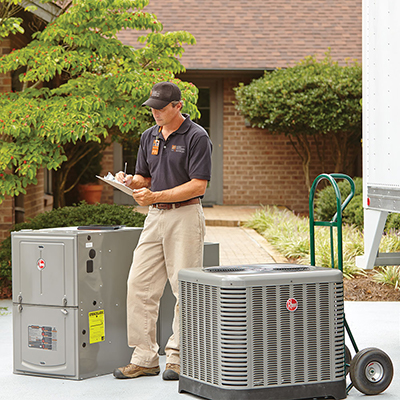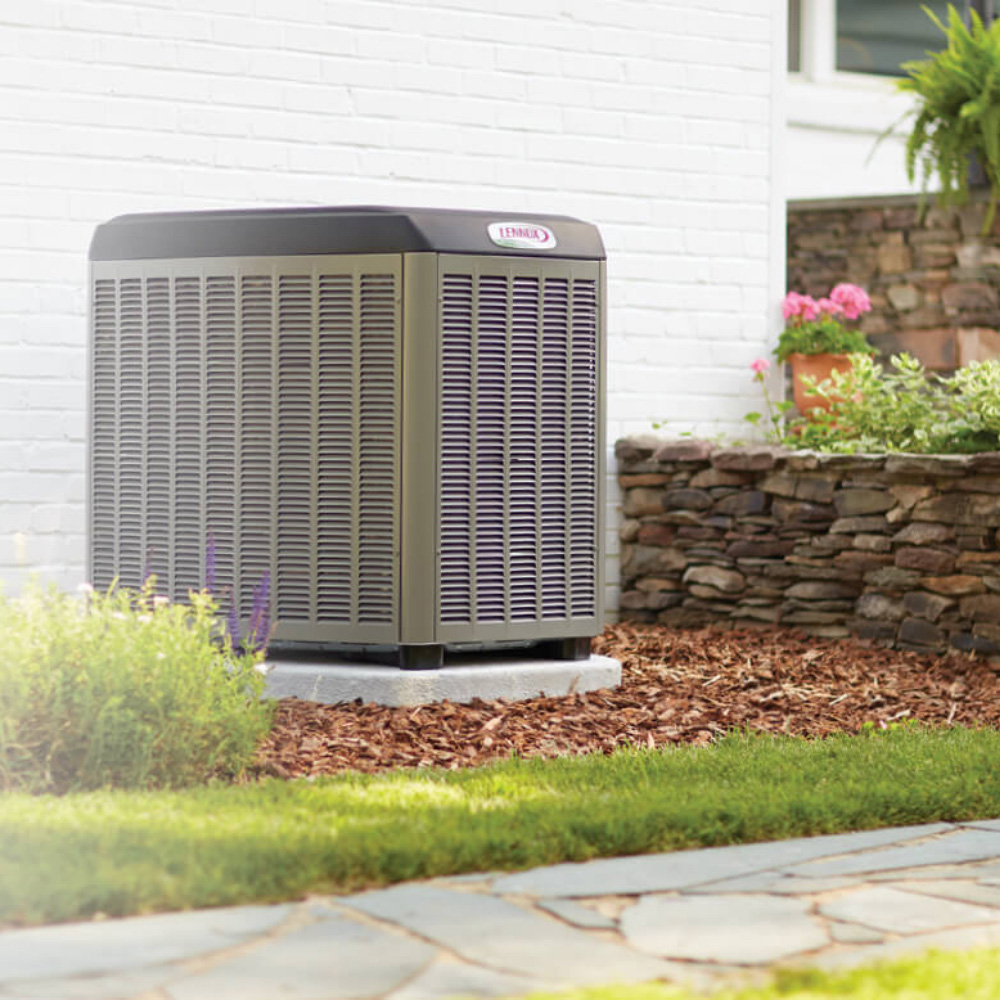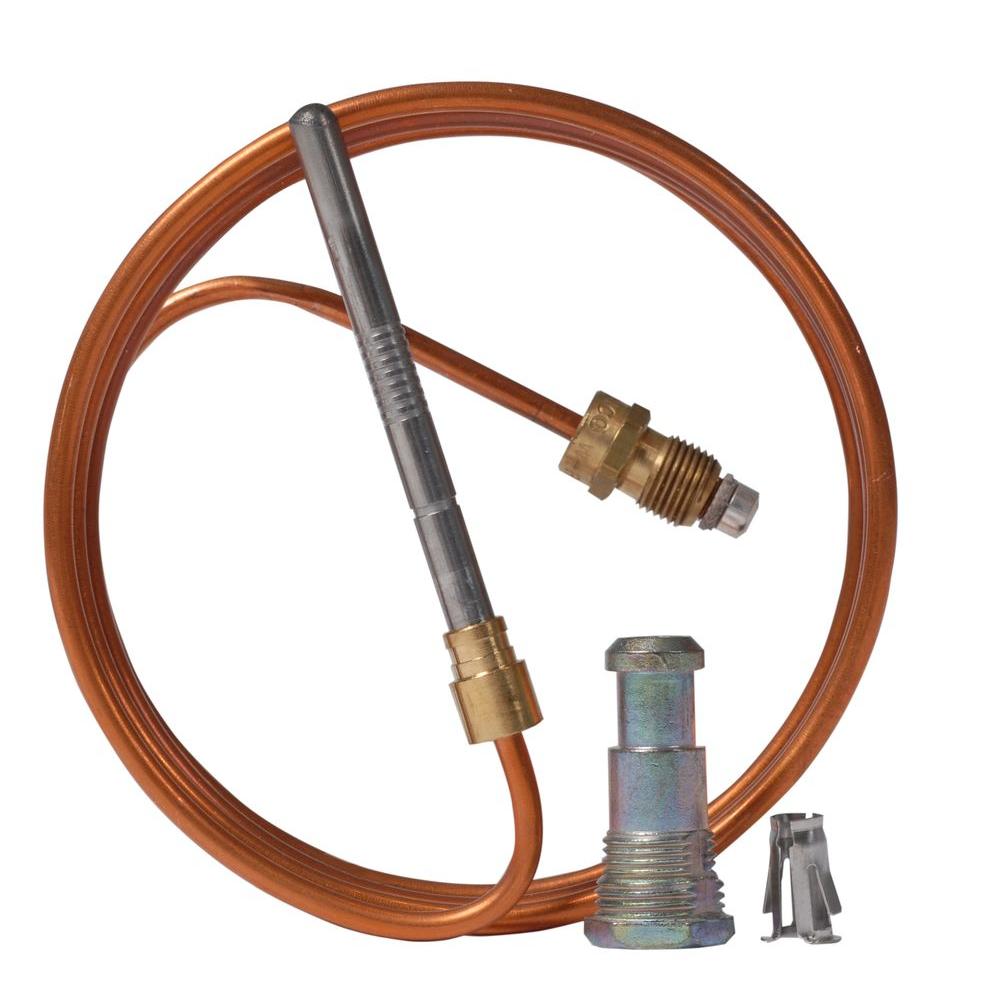SEER Ratings & HVAC Efficiency Tips
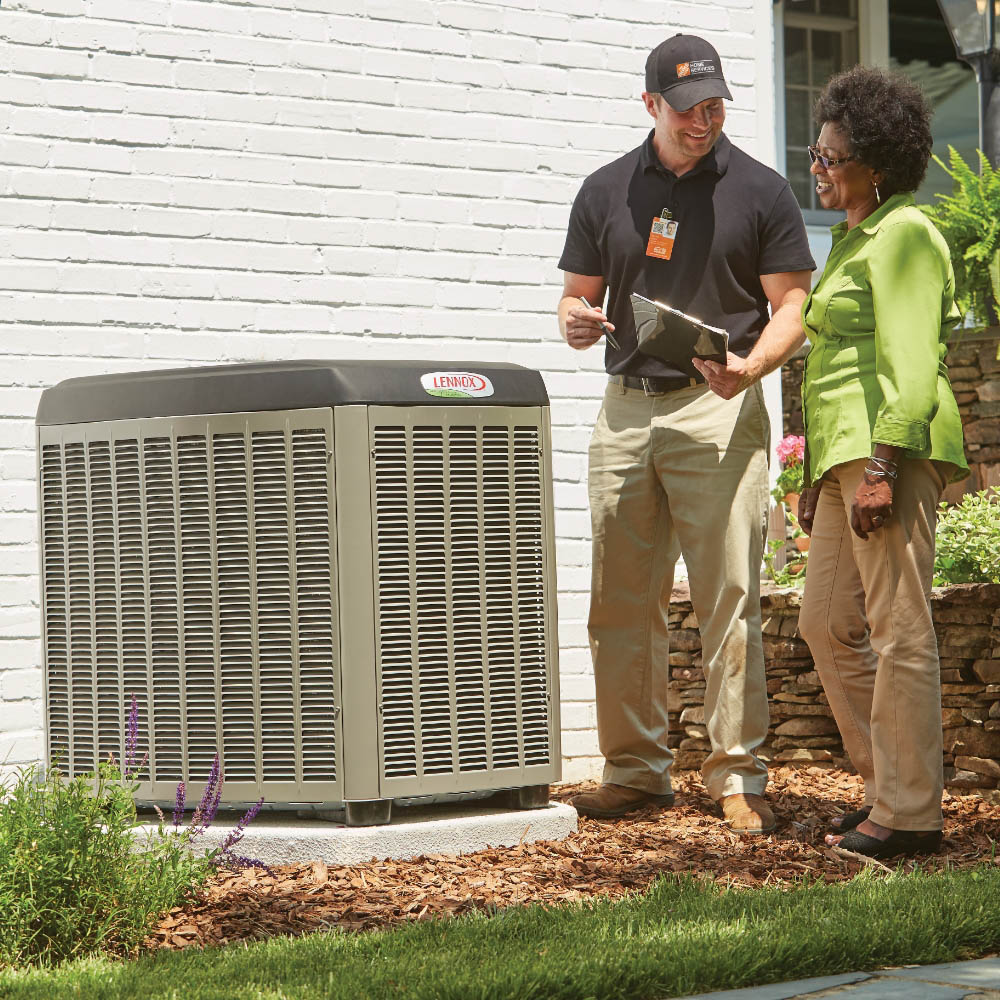
Last updated August 12, 2024
Building managers can boost the bottom line using energy-efficient HVAC systems with the appropriate SEER rating. Green HVAC initiatives and routine maintenance tips keep costs down and increase your property value. Follow these maintenance tips on your own property or pass them along to your customers or residents to help them improve their HVAC efficiency.
Table of Contents
What Is the SEER Rating on Air Conditioners?
What Is a Good SEER Rating?
Regional Minimum SEER Ratings
Air Filters and Green HVAC Maintenance
Upgrade Thermostats & Old HVAC Equipment
Tips to Save Energy
What Is the SEER Rating on Air Conditioners?
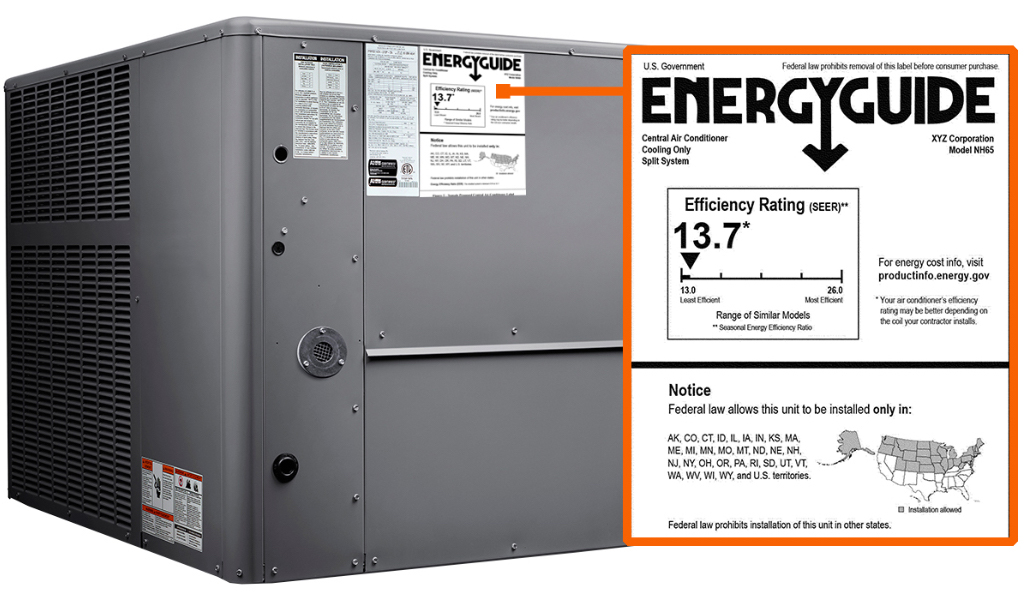
SEER, or seasonal energy efficiency ratio, is the measurement of the cooling output of an air conditioner over a season. SEER ratings are calculated by dividing the unit’s cooling output by the total electric energy input. The higher the air conditioner’s SEER rating, the greater its energy efficiency.
Reduce energy consumption by upgrading your property to an air conditioning system with a higher SEER rating. Using a more energy-efficient appliance combined with power-conserving habits can show significant savings in energy bills.
Pro Tip: Look for the SEER rating on the yellow and black "EnergyGuide" label on the side of your condenser.
What Is a Good SEER Rating?
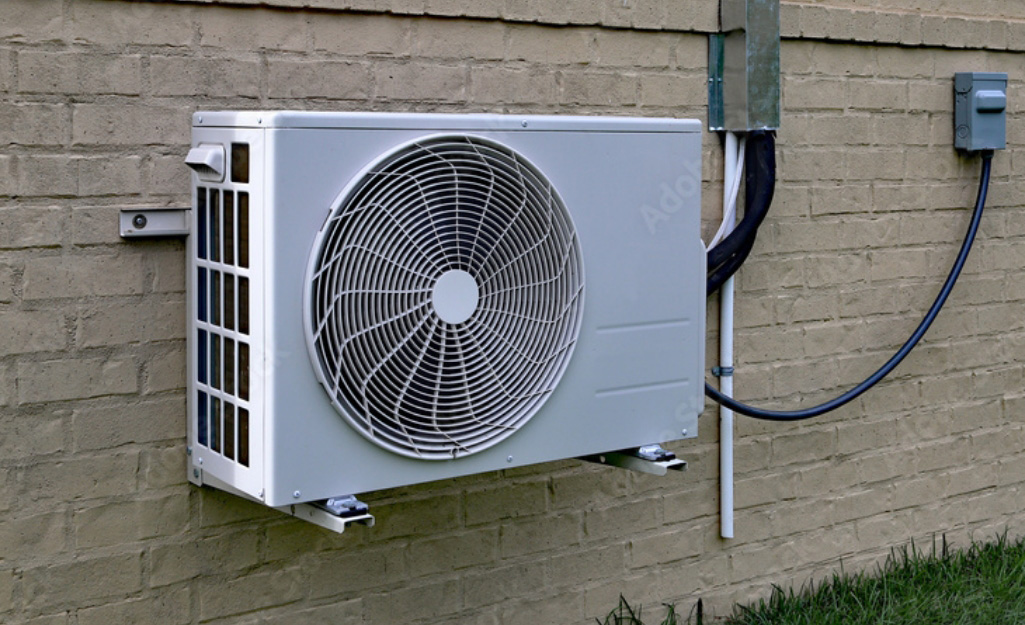
A good SEER rating is anywhere from 13 to 21, and most heating and air conditioning systems have a rating of 14 or 16. The best SEER rating is 25, but this isn’t necessary for every house or building.
Upgrading the SEER rating even by 1 or 2 ensures better energy efficiency. Energy savings increase by about 7% per 1 SEER rating. Air conditioning units with higher SEER ratings frequently include other features such as multi-stage cooling which can help control air humidity.
When comparing a 14 SEER vs. a 16 SEER, the 14 SEERs have lower upfront costs. However, the 16 SEER units have more energy efficiency, which can offer a 12-14% reduction in energy costs.
Rooms that are typically colder than others could become more comfortable as the multi-stage cooling balances heat throughout the home. Homes in more temperate climates often will not need this feature, so consider choosing a lower SEER rated unit to keep upfront costs low.
Regional Minimum SEER Ratings
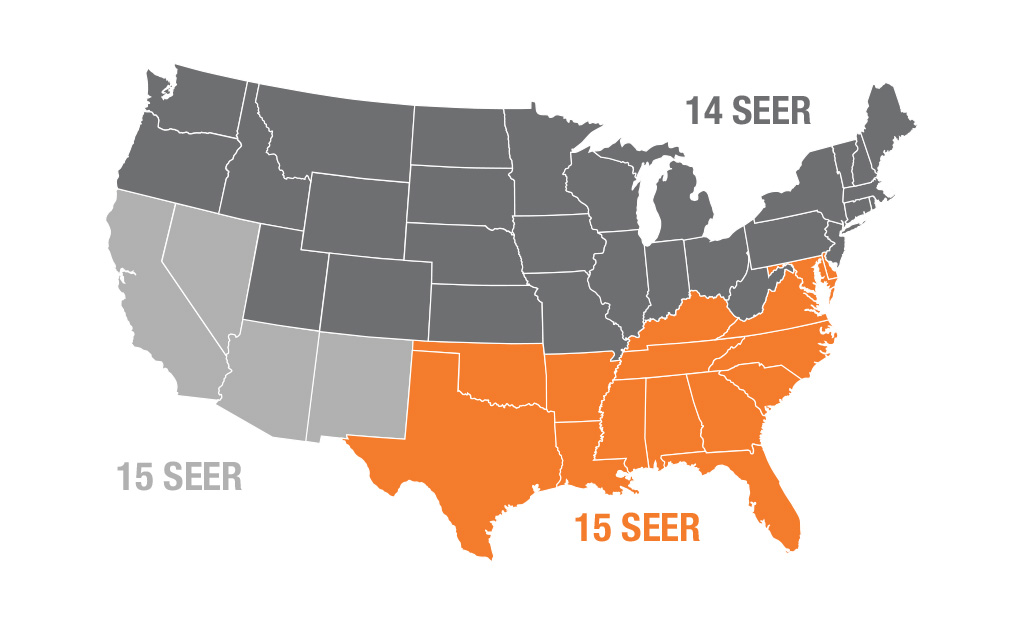
Different parts of the country use energy at different rates based on their climates. In 2023, the U.S. Department of Energy raised minimum SEER ratings for air conditioners to 15 for the Southeastern and Southwestern United States as an energy conservation measure. Northern states have a minimum SEER rating of 14, as they require less overall energy to cool homes.
The Southwestern states have a standard that calls for a 12.2 EER (Energy Efficiency Ratio) for units with less than 45,000 BTUH (British thermal units per hour) and 11.7 EER rating for units with more than 45,000 BTUH.
HVAC manufacturers are also required to adopt the new M1 testing procedure for producing efficiency ratings in 2023. These tests use up to five times the amount of external static pressure used by current M testing. M1 testing requirements are more stringent and reduce the resulting efficiency rating, and this necessitates new metrics and nomenclature that you will see on air conditioners, HVAC systems and heat pumps. These are SEER2, EER2 and HSPF2.
The new SEER2 ratings will be lower, and the minimum efficiencies will be reduced to reflect the difference. This accounts for the high-pressure test procedures compared to the original SEER ratings on the same system. For example, the northern states' 14.0 SEER minimum efficiency becomes a 13.4 SEER2 under the M1 testing procedure.
Air Filters and Green HVAC Maintenance
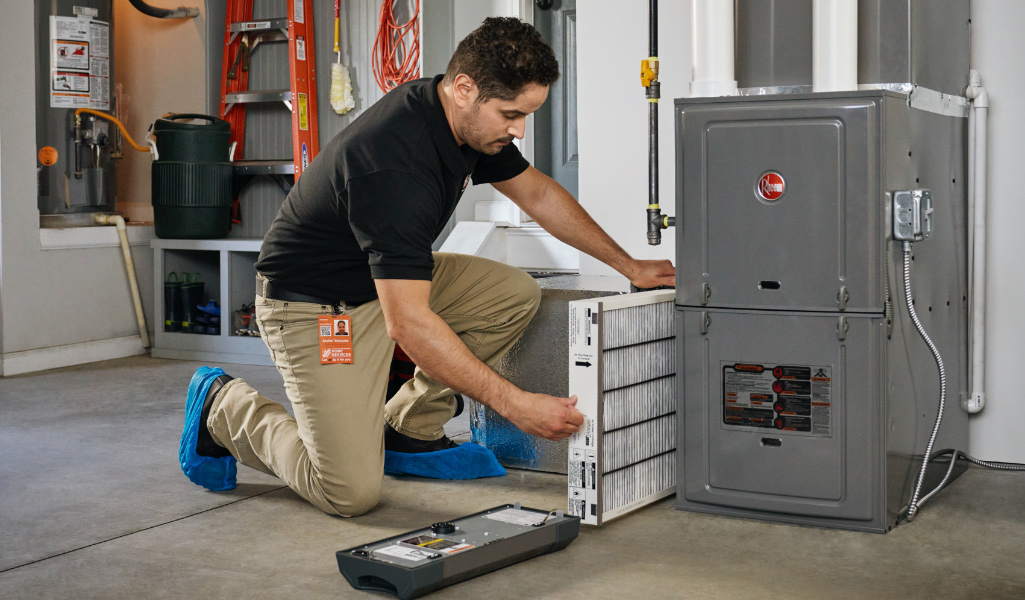
Maintain the efficiency of your heating and air conditioning systems to reduce energy costs and demonstrate the importance of green maintenance.
- Check the unit's duct work during regular maintenance.
- Seal any breaches and eliminate any harmful buildup on coils using professional-grade HVAC cleaners and sealants.
- Keep outdoor evaporator or condenser coils clear of dirt, leaves and debris, and keep foliage at least two feet away.
Another way to drive heating and air conditioning efficiency is to ensure your systems’ air filters are being replaced at proper intervals. Filters should be replaced every 90 days for single residents or 30–60 days for larger families and residents with pets. Advise customers or provide air filters to your residents to encourage them to make the changes. You’ll save with bulk pricing, reduce your residents’ energy costs and prevent maintenance calls.
Additionally, you can limit mold growth and ensure the HVAC system is running smoothly by controlling humidity. A hygrometer is a device that measures air humidity, much like a thermometer measures temperature.
If the humidity level is not within the acceptable range of 30-60%, service the system and consider adding an energy recovery ventilation (ERV) system. ERV systems regulate humidity, saving on energy costs by unburdening the HVAC system.
Air filters are an eligible category for subscriptions. Save 5% and get your air filters delivered to your property based on your schedule when you subscribe.
Upgrade Thermostats & Old HVAC Equipment

Upgrade old thermostats to new, smart thermostats that ensure the air conditioning only runs when needed. Smart thermostats come in programmable and Wi-Fi varieties and can help properties reduce related energy costs by as much as 13%. Such smart home apartment upgrades can attract tech-savvy residents and project an eco-friendly image.
In addition, replace old HVAC systems with new ones for improved heating and cooling performance. HVAC systems lose some efficiency every year. Plan a replacement strategy for systems at least 10 years old. Consider HVAC units with a higher SEER rating than the one you are replacing. New, energy-efficient systems can reduce residents’ energy costs by as much as 20%, which helps reduce turnover.
Tips to Save Energy
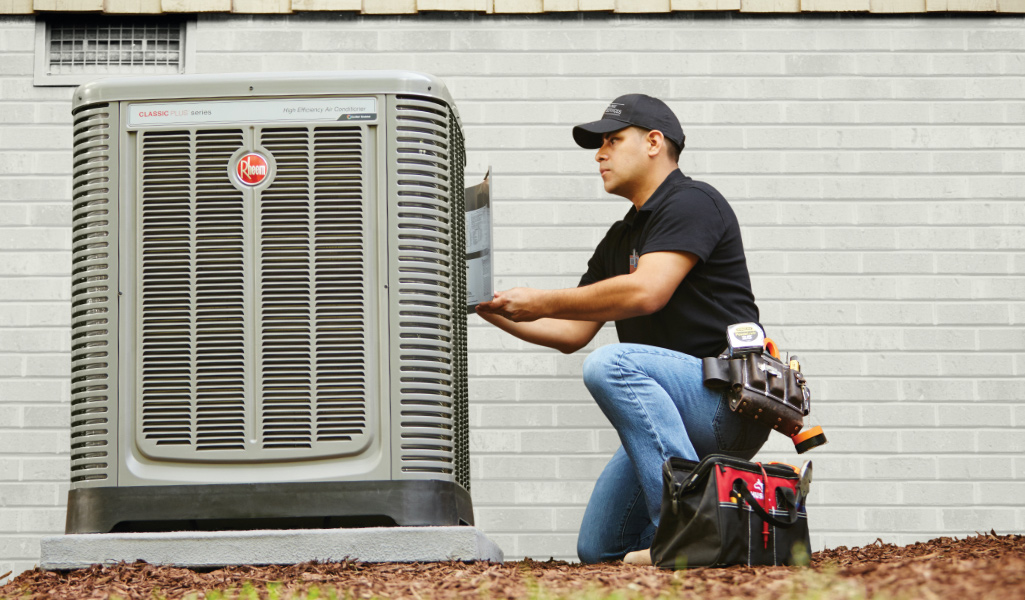
Help your customers or residents understand how they can reduce their electric bills by sharing tips for energy efficiency. Use these habits for smart energy efficiency:
- Change HVAC filters every 30, 60 or 90 days depending on occupancy. Single occupants should change filters every 90 days.
- Set the thermostat effectively. Every degree above 72 can decrease energy costs by as much as an additional 3% in the summer.
- Turn off the air conditioner and open windows to save money and circulate cool, fresh air when the outdoor temperature is comfortable.
- Make sure that rugs or furniture do not block vents.
- Monitor the HVAC system and inform the facilities manager if there are any issues. Regular maintenance and addressing problems quickly will minimize heating and air conditioning costs.
More Tools. More Products. More Perks.

Be more competitive and boost your bottom line with Pro Xtra, The Home Depot’s free loyalty program built for Pros. Sign up today to access the enhanced Pro Online Experience, built with the online business tools and time-saving features Pros need.
Create predefined PO or job names in your free Pro Xtra account to organize orders by properties, jobs and more. Set your account preference to require job names on every online purchase for even more transparency in your spend management.
When residents and management follow energy-saving HVAC tips, they can reduce power bills, extend the life of appliances and make a property a more comfortable place to live or work. Upgrading to a new air conditioner with a higher SEER rating is one way to reduce cooling costs and make a space more comfortable.







